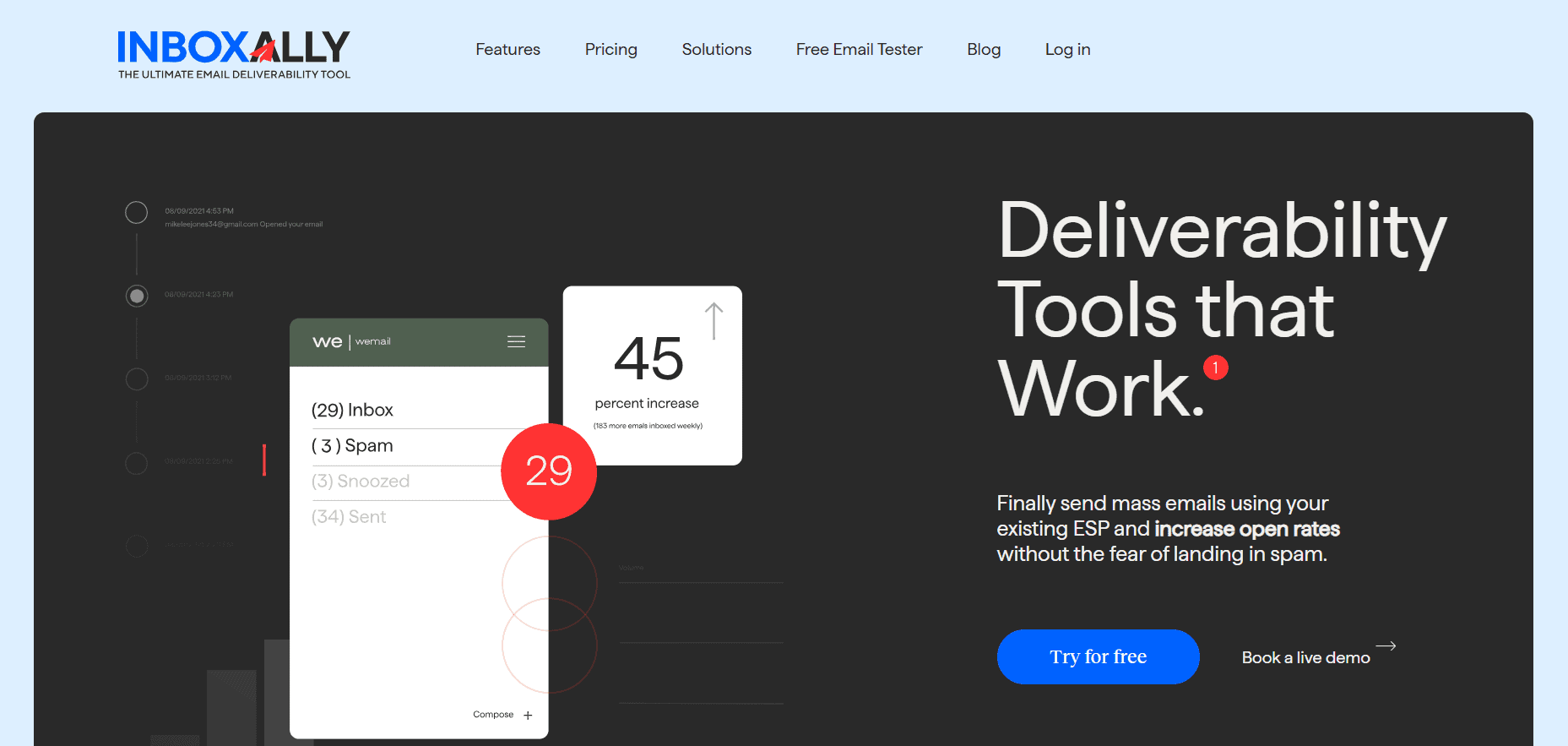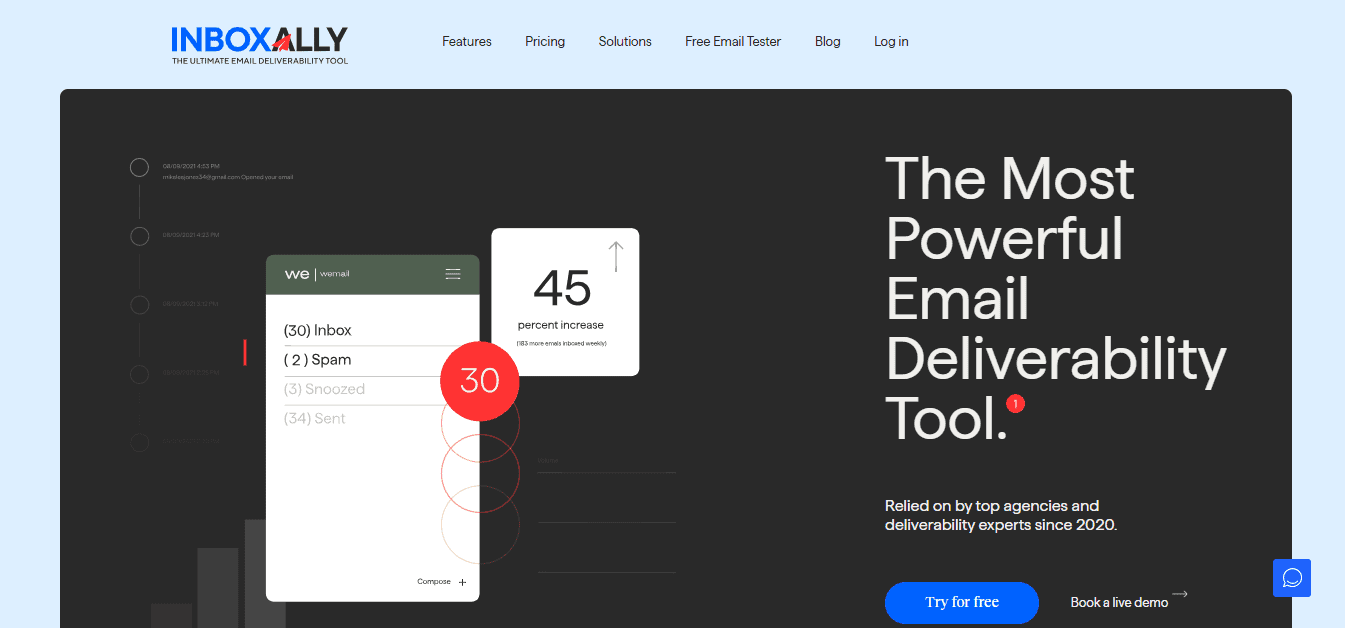Last Updated on August 7, 2025 by Ewen Finser
Have you ever pulled out all the stops to maximize mail deliverability, only to see message after message being sent to junk mail folders. If so, you’re definitely not alone in this struggle!
After managing email campaigns for dozens of clients since the turn of the century, I’ve learned that choosing the right email deliverability tool can make all the difference.
MailGenius has some great features and can be a solid choice as a testing platform. But my clients and I have also run up against its limitations over the years, which pushed us to explore some alternatives.
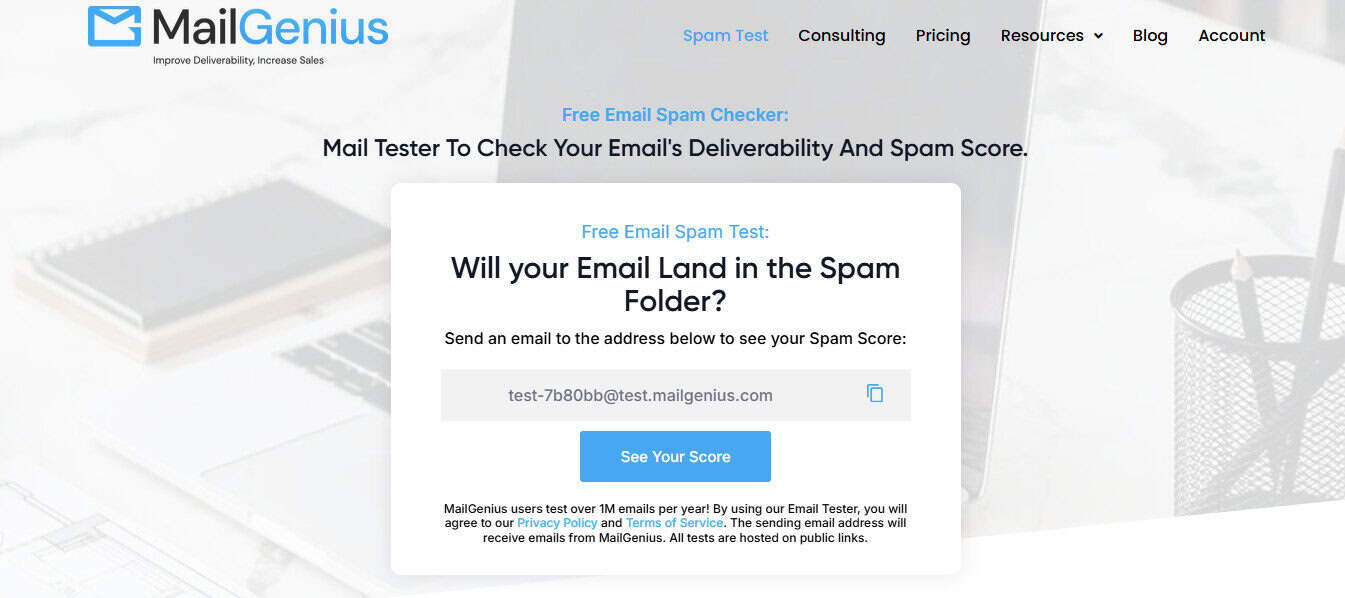
Bottom Line Up Front: The Best MailGenius Alternative
While I plan to list my favorite MailGenius alternatives in detail, if you want to save time, I can tell you that after extensive testing and implementation across dozens of client campaigns, I’ve found InboxAlly to be the most effective deliverability tool.
This is mainly down to InboxAlly‘s ability to harness your campaign content, not just test messages. It uses your real messages with its seed network to provide genuine insights into how your emails are actually performing.
The platform also offers real granular control over engagement behaviors like opening and scrolling through messages. This means your campaign has the best chance of signalling genuine engagement, leading to better long-term deliverability.
If your client is concerned about information security, InboxAlly is also a sensible choice. The tool relies on content forwarding, so it never directly accesses your email accounts. This is particularly useful if your business or client operates under strict compliance regulations like HIPAA, meaning they have to be extra mindful about data sharing.
InboxAlly is the comprehensive suite I need to solve challenging deliverability problems across the board. It's like a triage hub for diagnosing and fixing email deliverability rates in one dashboard. I've tried a lot of tools, but this is the one I've stuck with.
Why Look Into MailGenius Alternatives?
Overall, MailGenius isn’t a bad tool. I’ve used it myself many times, and it delivers on its promises – albeit within its stated feature set. Still, the platform has some limitations that mean it may not match all your needs. These include:
Limited inbox placement testing
MailGenius can provide you with a deliverability score (ranked out of 100), which, in theory, shows you how likely messages are to end up in inboxes and therefore in front of eyeballs.
I say ‘in theory’ because while this score is based on factors like authentication, spam trigger flags, and mailbox placement, it doesn’t actually have much bearing on where your emails will land.
For example, a numerical score can’t in itself tell you if an email landed in the primary inbox or just the Google Mail “Promotions” folder. This is crucial if you’re trying to optimize the real-world performance of your campaigns.
Expensive automated testing
All MailGenius plans, including the ‘Newbie’ tier at $10 per month, include an AI deliverability consultant that offers a basic rundown of your current campaign, along with some basic tips. However, if you want to test emails from any address or domain, you’ll need to sign up for the highest-paid tier for $97 per month. You can bring this down to the equivalent of $79 per month by paying for a full year upfront, but competing platforms offer similar features for much less (or at least included as part of a more extensive testing plan).
Static testing approach
MailGenius is more of an email scanner than a comprehensive deliverability solution. You can certainly send a test email and see a helpful report but there’s limited automated testing unless you pay extra (see above), plus not much in the way of proactive insights or ongoing campaign monitoring. If your business is running multiple campaigns across diverse territories, it’s likely you’ll find this insufficient for your needs.
4 Top MailGenius Alternatives
1. InboxAlly
I said earlier that I’ve handled multiple client campaigns over the years, but I’ve always seen the best improvements in engagement when deploying InboxAlly.
Some of the tool’s best features include:
Security-first approach
As I explained above, InboxAlly is never directly logged into any of your email accounts. That means that even if a cybercriminal breaches the platform, any messages that you haven’t already forwarded to it can’t be read or intercepted.
Multiple sender profiles

The platform supports managing different domains and IP addresses with separate profiles. This makes it much easier to organize large campaigns.
Realistic engagement simulation
This includes everything from scrolling to the very bottom of messages, clicking into message content in a realistic way, and moving emails into the primary inbox.
InboxAlly Pricing:
The platform’s “Starter Plan” costs $149 per month for one sender profile with up to one hundred daily seed emails.
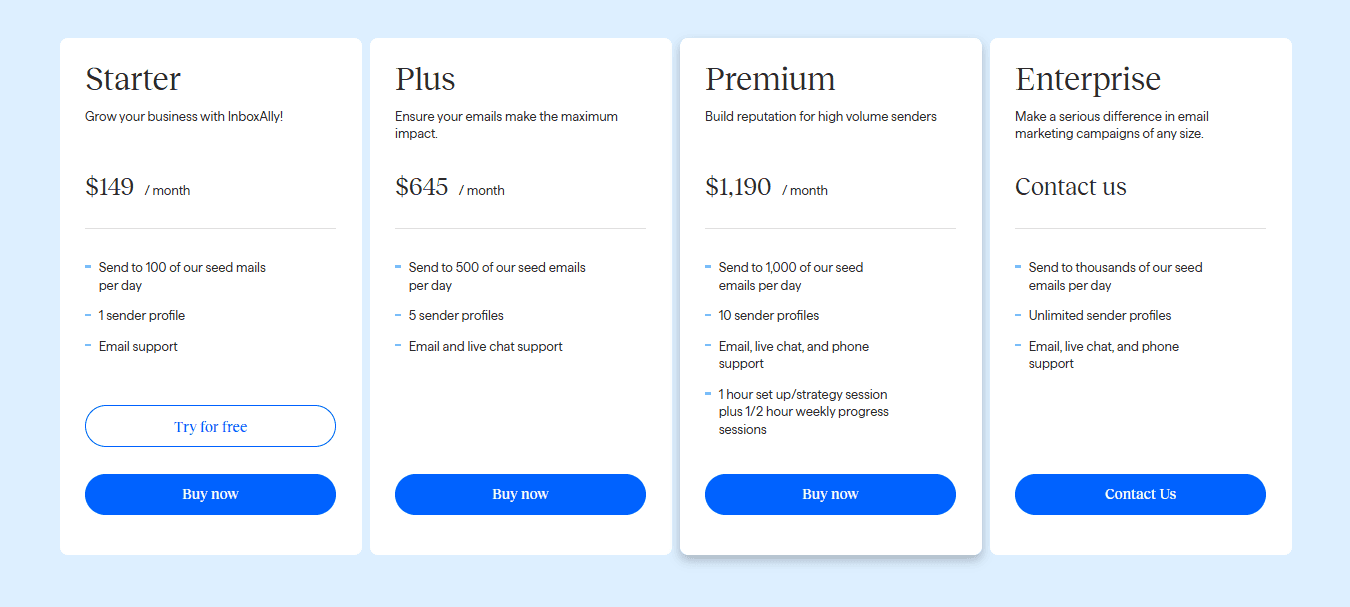
Why it’s better than MailGenius
InboxAlly is the comprehensive suite I need to solve challenging deliverability problems across the board. It's like a triage hub for diagnosing and fixing email deliverability rates in one dashboard. I've tried a lot of tools, but this is the one I've stuck with.
When deploying this tool, I’ve found the main advantage it offers over MailGenius and other competitors is that it can test real campaign content, not just humdrum dummy messages. This is crucial, as content testing is directly relevant to real-world performance. InboxAlly’s security model is also superior, making it a good fit for compliance-focused organizations.
2. GlockApps
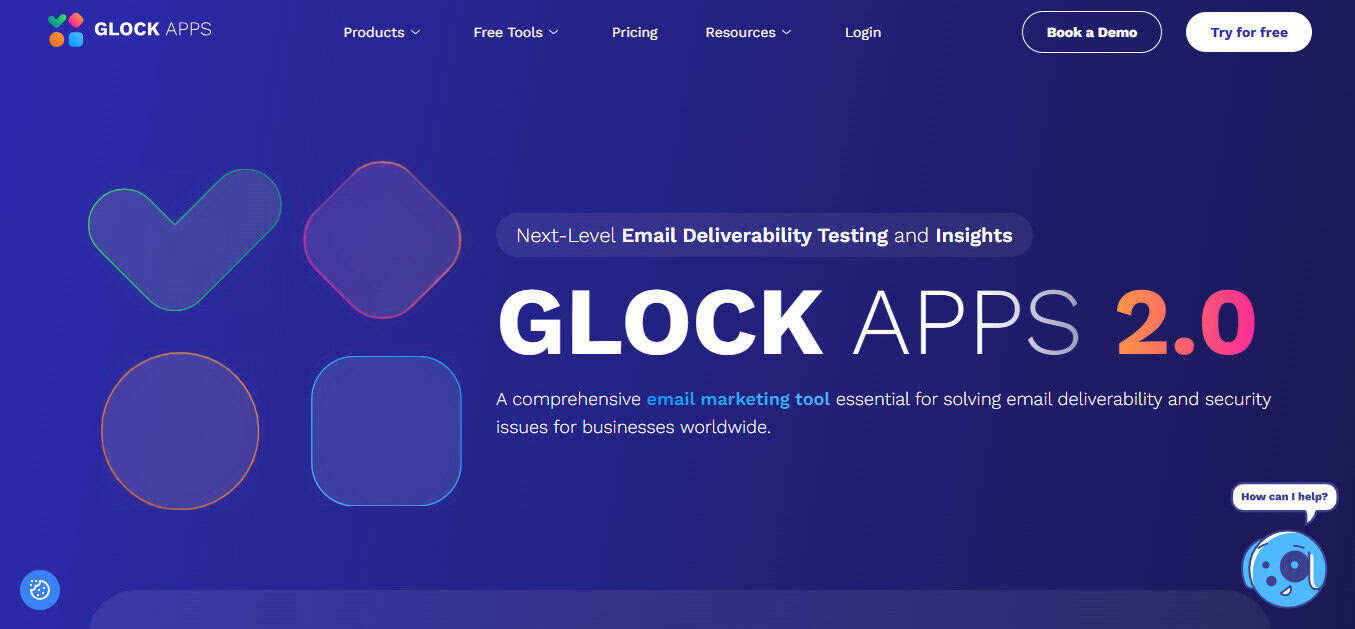
The clue’s in the name here: this is actually a suite of three apps that combine comprehensive deliverability testing with detailed analytics that go well beyond basic scoring systems like that of MailGenius.
Top features include:
Mailbox placement testing
The GlockApps ‘Inbox Insight’ tool uses popular filters like Google, Barracuda, and SpamAssassin to calculate your spam score and test your deliverability across all major ISPs.
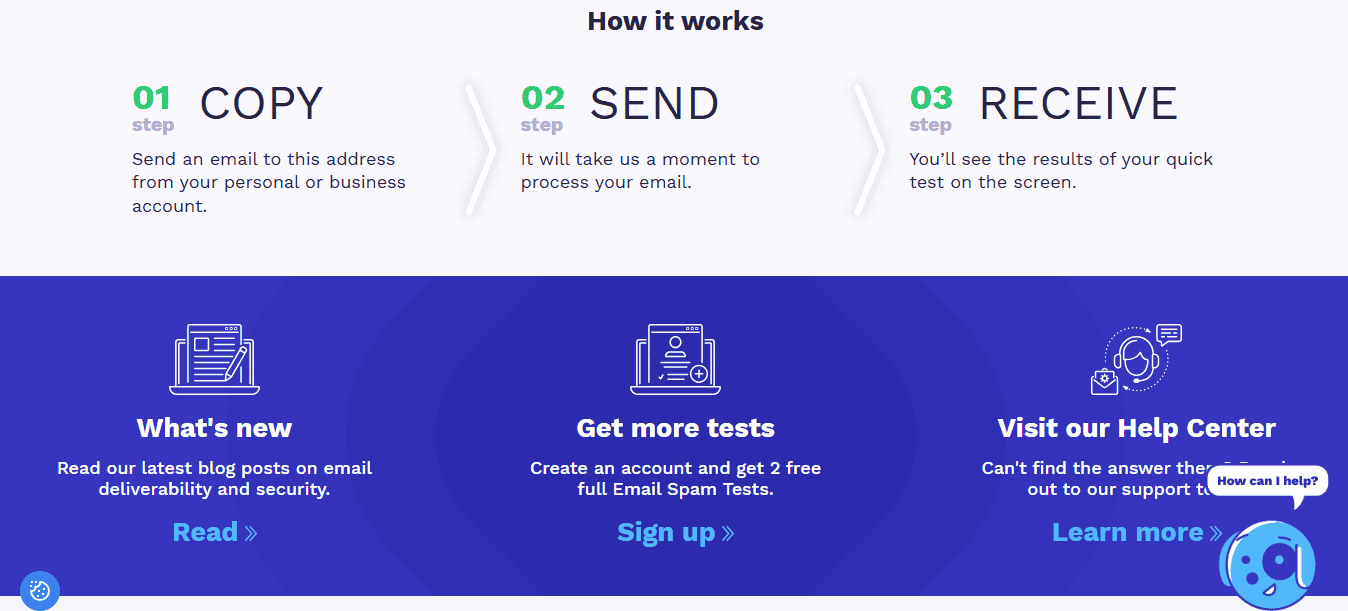
Blacklist monitoring
Inbox Insight also has access to over 50 industry blocklists and can provide real-time alerts. These can just supply a simple notification or even switch to different mailboxes to avoid damaging the current one’s reputation further.
Content analysis
Although this feature is offered by most deliverability tools, GlockApps goes the extra mile by analyzing all key features like message size, images, and links. The platform also has an HTML checker to determine deliverability across different devices and platforms.
GlockApps Pricing:
There’s a free plan for one sender profile and up to two spam test credits, though this is unlikely to be useful for anything but very basic campaigns. The ‘Essential’ plan costs $85 per month, which includes 30 test credits, 15 uptime monitors, and 10 IP reputation monitors. More expensive plans are available with higher numbers of credits and monitors.
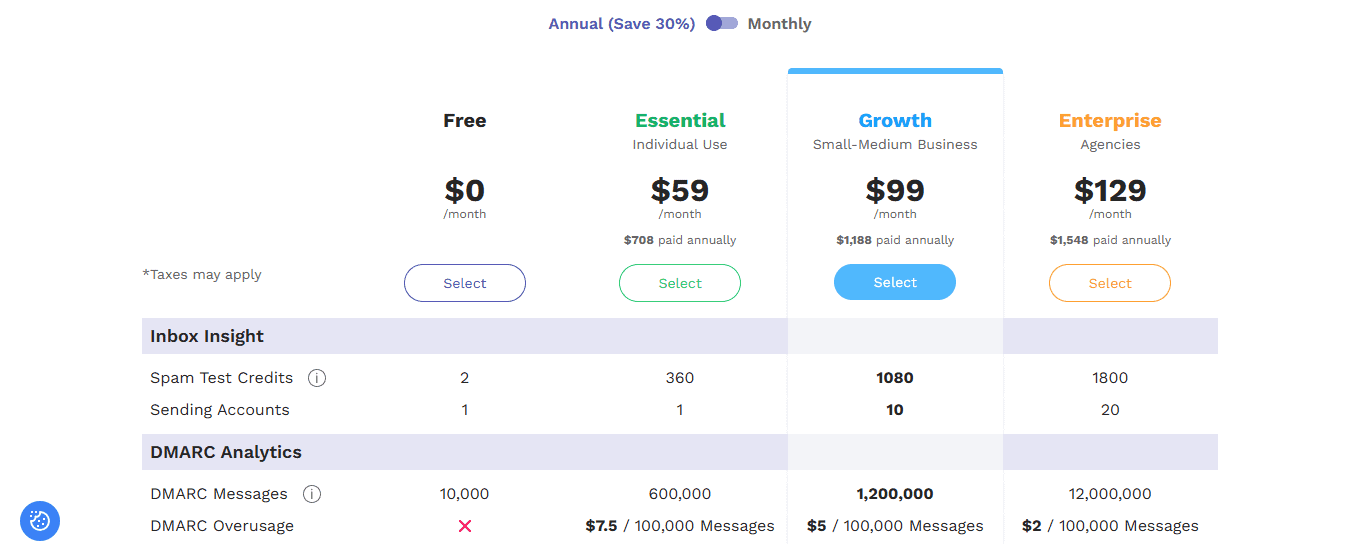
Why it’s better than MailGenius
GlockApps doesn’t just score – it provides actual inbox placement testing. That means you can see where your emails land across major providers like Outlook, Gmail, and Yahoo. The automatic testing feature, combined with real-time alerts, is especially useful for ongoing monitoring, which MailGenius simply doesn’t offer.
3. Warmup Inbox
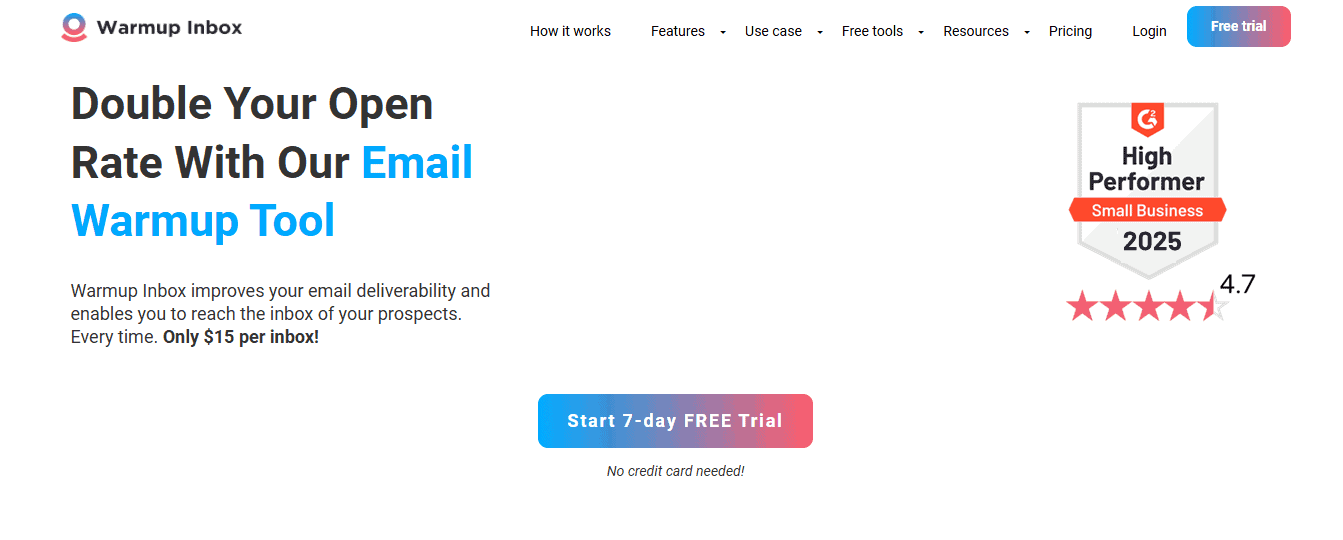
If your organization is currently focused mainly on email warmup and reputation building, then this tool offers good deliverability improvement at an affordable price.
Its best features include:
Real User Networks
The mailboxes used by Warmup Inbox aren’t just part of some zombie network: they’re an interconnected web of over 30,000 genuine inboxes that are customized for authentic engagement patterns.
Google Mail Optimization
Gmail represents over a quarter (28 – 30%) of email accounts, so if you have a tool built to accommodate its features, you can significantly improve deliverability. In the case of Warmup Inbox, this means emails can be moved from ‘Promotions’ to the primary inbox, making them much more likely to be seen.

Email alerts
If your reputation score drops below a certain percentage, Warmup Inbox can send an alert to let you pause emails to prevent any further damage. I’ve seen too many client campaigns stall because messages were being churned out despite performing poorly, so this feature can make a huge difference.
Warmup Inbox Pricing:
If your business is on a budget, you can benefit from Warmup Inbox’s ‘Basic’ plan for $19 per month. This includes up to 75 warm-up messages per day. If you want more advanced features like ESP-specific warm-ups, you’ll have to pay for a ‘Pro’ plan ($59 per month). This also includes 250 warm-up messages per day.
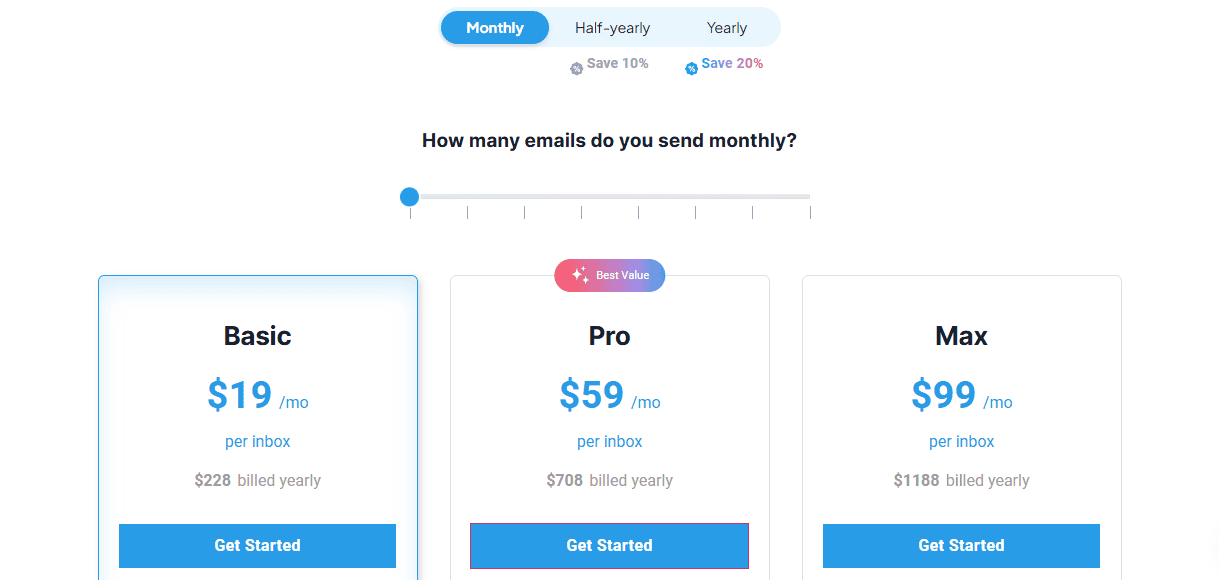
Why it’s better than MailGenius:
Warmup Inbox provides a way to actively improve your sender reputation rather than just measure it as MailGenius does. Its real user network can create much more genuine engagement than competing products, plus it offers excellent value for money. I’ve had good results with this platform for clients who needed simple but effective reputation building without the complexity of premium platforms.
4. MailReach
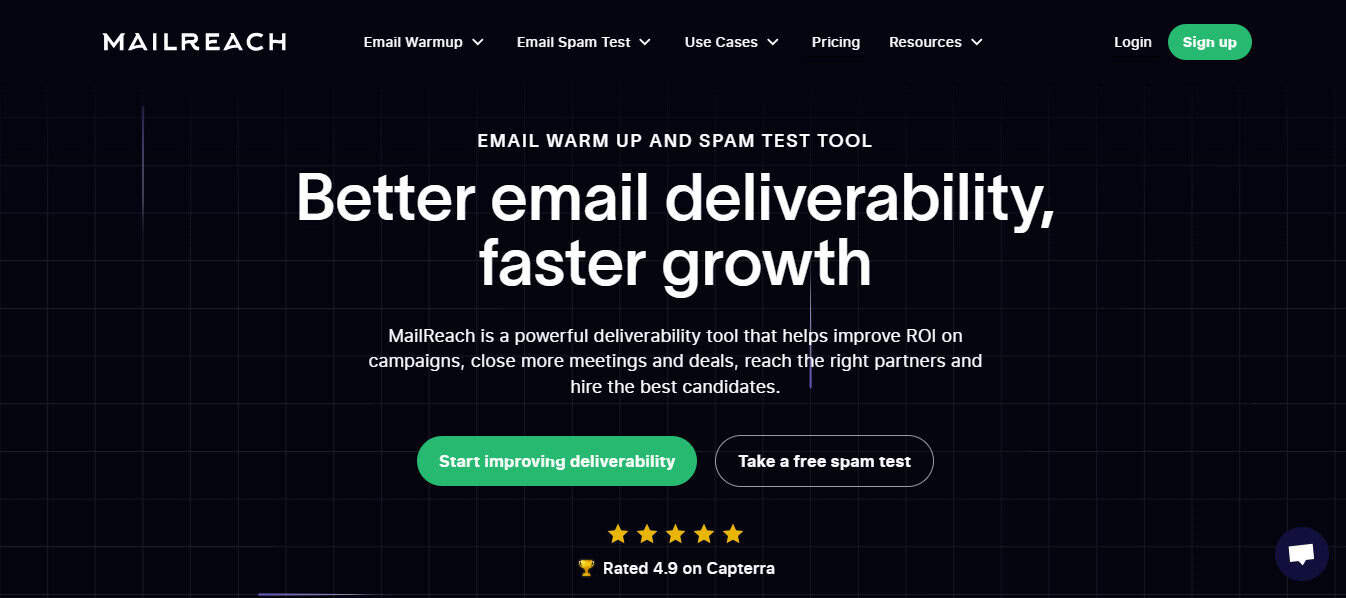
This tool combines some fairly comprehensive email tests with some solid warm-up features, making it a more complete solution than MailGenius’ testing-only approach.
Other useful features include:
Multi-inbox testing
MailReach can test inbox placement across multiple inboxes instead of just scanning for best sending practices, as is the case with competitors like MailGenius.
Actionable spam testing
Users can run automated spam tests and are even assigned a reputation score. The free report contains actionable steps you can take. For instance, if a message contains a link to a blacklisted domain MailGenius will flag it and prompt you to replace it.

Human-like exchanges
Warm up messages sent via MailGenius are designed to mimic genuine cold outreach, not generic spammy emails. This means that you’ve a much better chance of improving deliverability versus crafting text yourself from scratch.
MailReach Pricing:
Plans start at $25 per month for one inbox with 20 spam test credits. The more mailboxes and test credits you need, the more you’ll pay. My clients found this a major drawback when managing large campaigns, as costs can mount up quickly. E.g., 10 mailboxes with 100 spam test credits comes to $223 per month before tax.
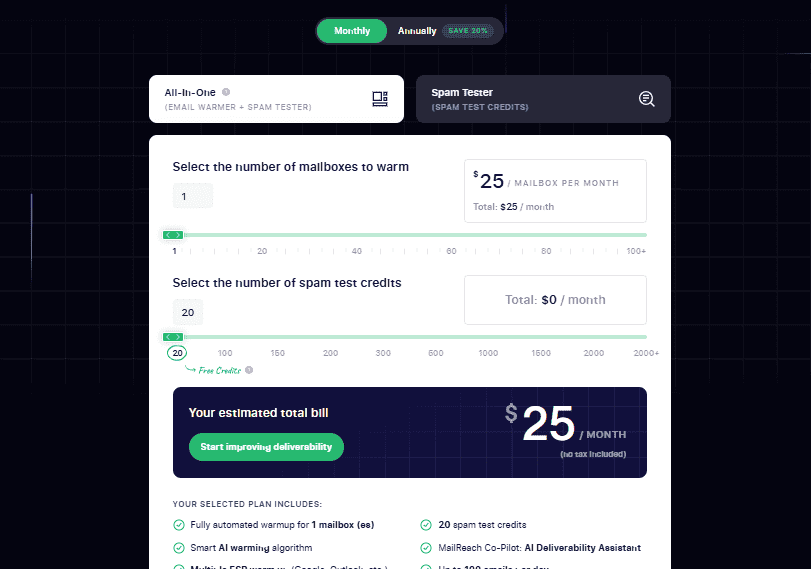
Why it’s better than MailGenius
This tool can perform actual inbox placement testing by sending to multiple real email addresses instead of just generating a score. It also offers real-time monitoring rather than point-in-time testing so its recommendations (even if AI-generated) have a better chance to improve your deliverability. I’ve seen clients consistently getting better open rates and engagements after implementing MailReach. I can’t say the same for MailGenius.
Making The Right Choice
If you’re considering other solutions besides MailGenius, the right choice is the one that best meets the technical requirements of your campaign as well as your personal preferences.
When a client asks for my recommendation, I use the following criteria:
Budget-conscious operations
If you’re running a campaign on a shoestring, your choices are going to be more limited. There are providers offering free plans like GlockApps, though these aren’t really suitable for managing larger campaigns and/or multiple domains. Warmup Inbox represents the sweet spot between affordability (from $19 per month), whilst still offering solid reputation-building features.
For basic warmup
While MailReach costs can stack up, it does have an automated AI algorithm for warmup purposes that supports multiple major ESPs like Yahoo, Outlook, and Google Mail. This may be all smaller campaigns need, especially if they follow the advice of the integrated AI deliverability assistant.
For ongoing monitoring
While all the tools I’ve covered here have comprehensive monitoring features, GlockApps in particular has some of the best automated features I’ve seen. For instance, its uptime monitor lets you set your own threshold and downtime rules so you can receive alerts if anything gets knocked offline. You can also send messages from your work email to create bespoke monitors.
For everyone else
As you’ve learned, for 99% of campaigns, I’ve come down firmly in favor of InboxAlly. It provides excellent real content testing, as well as highly authentic engagement simulation. Maybe it’s not the least expensive tool available, but I’ve seen it pay for itself many times in terms of hugely improved deliverability.
The Bottom Line
MailGenius is a perfectly respectable tool if you just want to run a few basic email tests. However, the modern email landscape has become so complex you’ll likely need a much more sophisticated solution.
Based on past client campaigns, I’ve found InboxAlly delivers the best results due to running tests based on real content, not to mention simulating human-like message interaction, like scrolling through messages. It also offers the best security I’ve seen relative to similar tools, given it doesn’t have direct access to your email accounts.
Nevertheless, the right solution is the one that best matches your company’s needs. This likely means you need to move beyond simple email scanning of the kind offered by MailGenius to active deliverability improvement.
If you don’t favor InboxAlly’s content-driven approach or can’t afford its subscription prices, you can gain some excellent basic AI-generated insights from the likes of MailReach or Warmup Inbox. If you want detailed, in-depth testing and up-to-the-minute monitoring, then consider deploying GlockApps’ suite of tools.
Above all, remember that email deliverability isn’t just about avoiding the spam folder. It’s also about building trust with both email providers and recipients. This gives you the best chance that your campaign messages will reach their intended destination, driving real business results.
InboxAlly is the comprehensive suite I need to solve challenging deliverability problems across the board. It's like a triage hub for diagnosing and fixing email deliverability rates in one dashboard. I've tried a lot of tools, but this is the one I've stuck with.


